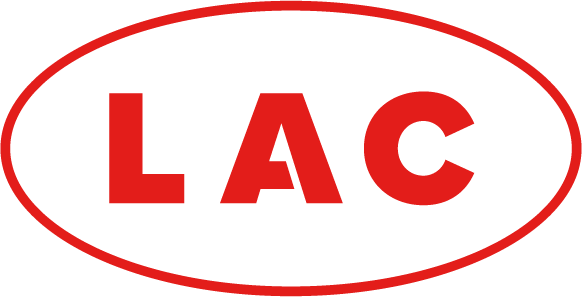FAQs - Frequently Asked Questions
What is PPM?
PPM (parts per million) is a unit used to express concentration, 1 PPM = 1 mg/l. The higher the number, the more silver a product contains (e.g. 100 ppm = 100 mg of silver in 1 litre of solution). Concentrated products can be diluted with distilled water to a lower concentration. If tap water is used for dilution, progressive agglomeration of the particles and reduction of the product effectiveness may occur.
Is colloidal silver effective against COVID-19 coronavirus?
The natural antibacterial, fungicidal as well as antiviral properties of silver have been demonstrated in a scientific way, so silver could lead to increased protection. We say “could” deliberately, as effectiveness against the new COVID-19 has not been verified so far (the virus has only been present a short time). It would not be honest to say that it is 100% effective against this new type of virus. In our opinion, it is the same as handmade masks – something is better than nothing.
How can I distinguish between colloidal silver and ionic silver?
Colloidal silver should have a yellow colour. The depth of colour depends on the concentration and the size of the particles (potentially the age of the product).
Ionic silver is colourless. The reaction of silver ions and chlorine results from adding common salt (NaCl) to a formation of silver chloride (milky white). This effect should not occur with colloidal silver.
What is ionic silver?
Ionic silver can be obtained by dissolving a piece of silver in an acid (a similar process takes place in home-made versions with a 9 V battery – a silver electrode is dissolved). You could change the same piece of silver to nanometric particles using a file for example, and when you put the particles in water, a colloid will be created. It has been calculated for our product that 1 ml contains 2 trillion (2,000 billion!) silver particles with a mean diameter of 20 nm (a particle is approximately 2,500 times smaller than the thickness of a human hair).
Most manufacturers sell colloid silver in brown glass bottles. Why do you deliver the product in transparent plastic bottles?
Real colloidal silver containing silver nanoparticles does not require storage in glass bottles and is normally supplied in plastic (PET) containers as it does not react with their surface at all.
It is recommended to store ionic silver, which is declared by many manufacturers as colloidal silver, in glass bottles because of the potential interaction with the plastic packaging surface.
Is it necessary to store the product in a cool area?
Our recommendations are based on long-term observations and real analyses and measurements. Colloidal silver is stable even at room temperature, however, storage in a fridge will extend its shelf life.
Is it necessary to store the product in a dark area?
High-quality colloidal silver does not require any special protection against light so it can be offered in transparent bottles allowing optical inspection of product colour and condition. On the contrary, ionic silver produced using various generators sold on the Internet is photosensitive and its quality drops relatively quickly without protection against sunlight.
Can colloidal silver be positioned close to electromagnetic field sources?
An electromagnetic field does not affect colloidal silver negatively, however, it does affect ionic silver.
Can I produce colloidal silver using the generators sold through the Internet?
All devices (called as colloidal silver generators) which we could see on the Internet operate on the principle of electrolysis and they produce ionic silver. Two silver electrodes (anode and cathode) are submerged in a solution into which silver ions (atoms deprived of an electron) are released – silver is dissolved.
Saturation of the solution containing silver ions depends on the temperature and contents of other substances, including gases (CO2). In most cases, the concentration of the saturated solution will range under the value of 10 ppm.
It means that it is not possible to prepare colloidal silver using this method. However, ionic silver, which is created, can accept an electron under certain conditions so that it is converted to atomic (metallic) silver. Production of the particles with a defined size in a controlled way using this method is relatively complicated, and products of this type will contain ionic silver.
